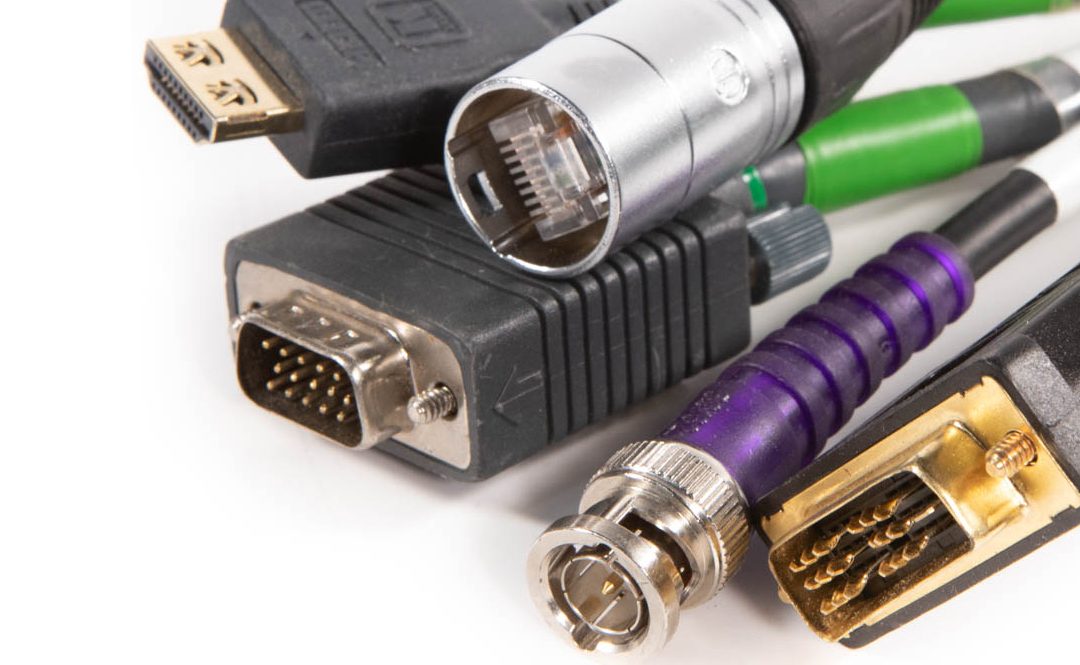Audiovisual cabling
When planning your AV installation there are so many different things to think about it’s super easy to overlook a major flaw in your design so we’re publishing a series of blog posts giving you some helpful tips and tricks to remember when planning your installation.
We expect that one day everything will connect wirelessly with no issues or connection problems but sadly, that day isn’t today. For stability and reliability, we suggest using wired connections for video and audio connectivity. I have included some examples of different cable types and their maximum distances in the following blog post.
